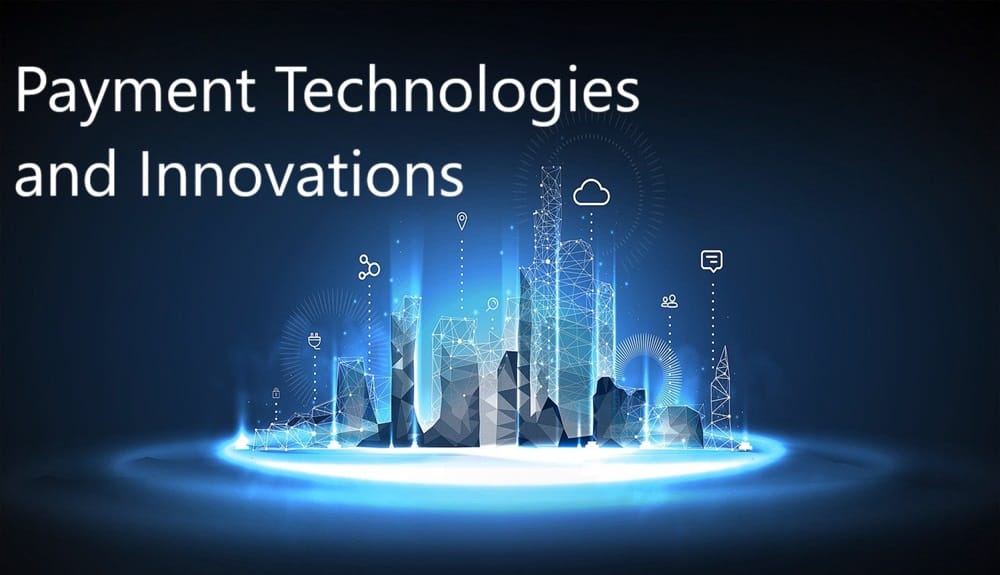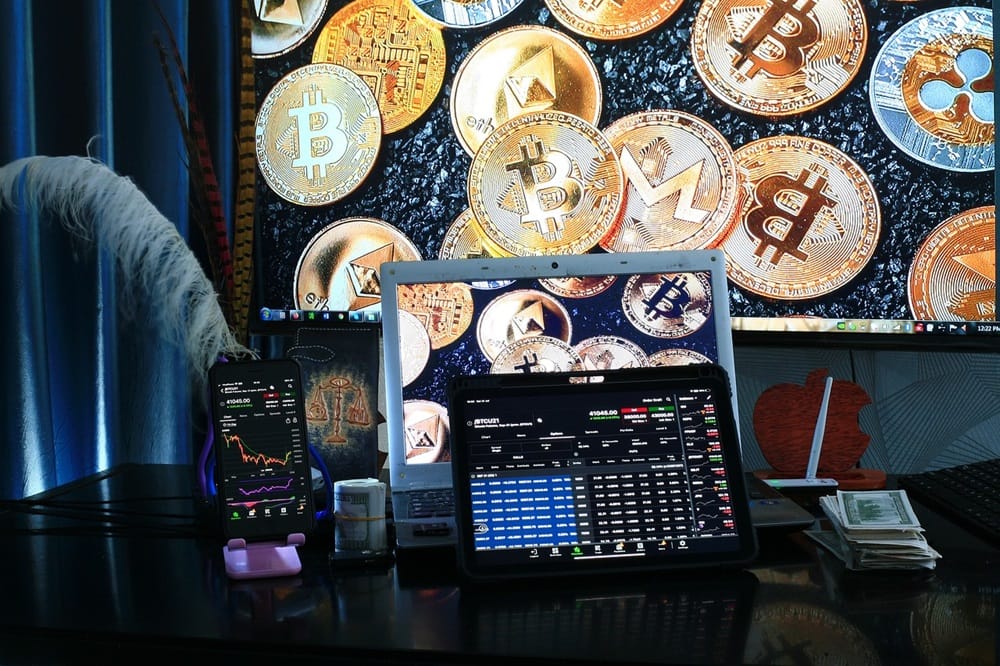The payments industry is undergoing a seismic shift, driven by rapid advancements in technology and changing consumer expectations. From contactless payments to blockchain and artificial intelligence, innovative payment technologies are transforming how we transact, making payments faster, safer, and more convenient than ever before. For businesses, staying ahead of these trends is crucial to remain competitive and meet the evolving needs of customers. In this section, we’ll explore the latest payment technologies and innovations that are shaping the future of the industry.
Table of Contents

8.1 Contactless Payments: The New Normal
Contactless payments have become a game-changer in the payments landscape, especially in the wake of the COVID-19 pandemic. This technology allows consumers to make payments by simply tapping their card or smartphone on a payment terminal, eliminating the need for physical contact.
- How It Works: Contactless payments use Near Field Communication (NFC) technology to transmit payment data securely between the device and the terminal.
- Benefits:
- Faster transactions (under 2 seconds).
- Enhanced hygiene and safety.
- Improved customer experience.
- Adoption: Countries like the UK, Australia, and Canada have seen widespread adoption of contactless payments, with limits on transaction amounts increasing to accommodate higher-value purchases.
8.2 Blockchain and Cryptocurrencies: Decentralizing Payments
Blockchain technology and cryptocurrencies are revolutionizing the payments industry by enabling decentralized, secure, and transparent transactions.

- Blockchain in Payments:
- How It Works: Blockchain is a distributed ledger technology that records transactions across a network of computers. Each transaction is encrypted and linked to the previous one, creating a secure and tamper-proof chain.
- Applications:
- Cross-border payments: Blockchain enables faster and cheaper international transfers.
- Smart contracts: Self-executing contracts automate payment processes.
- Tokenization: Sensitive payment data is replaced with unique tokens for added security.
- Cryptocurrencies:
- Examples: Bitcoin, Ethereum, and stablecoins like USDT.
- Benefits:
- Lower transaction fees.
- Faster settlement times.
- Financial inclusion for the unbanked.
- Challenges:
- Regulatory uncertainty.
- Price volatility.
- Limited merchant acceptance.
8.3 Artificial Intelligence (AI) and Machine Learning
AI and machine learning are playing an increasingly important role in the payments industry, enhancing security, personalization, and efficiency.
- Applications of AI in Payments:
- Fraud Detection: AI algorithms analyze transaction patterns to identify and prevent fraudulent activity in real-time.
- Personalization: AI-powered tools offer personalized payment options and recommendations based on customer behavior.
- Customer Support: Chatbots and virtual assistants handle customer inquiries and resolve issues instantly.
- Benefits:
- Enhanced security and fraud prevention.
- Improved customer experiences.
- Increased operational efficiency.
8.4 Biometric Payments: The Future of Authentication
Biometric payments are transforming how we authenticate transactions, using unique biological traits like fingerprints, facial recognition, and voice patterns.
- How It Works: Biometric data is captured and matched against a stored template to verify the user’s identity.
- Examples:
- Apple Pay’s Face ID and Touch ID.
- Amazon’s palm payment technology, Amazon One.
- Benefits:
- Enhanced security: Biometric data is nearly impossible to replicate.
- Convenience: No need to remember passwords or carry cards.
- Challenges:
- Privacy concerns: Storing biometric data raises questions about data security.
- High implementation costs.
8.5 Central Bank Digital Currencies (CBDCs)
Central Bank Digital Currencies (CBDCs) are digital versions of national currencies issued and regulated by central banks. They are gaining traction as governments explore ways to modernize payment systems.
- How It Works: CBDCs are built on blockchain or similar technologies and are designed to function like physical cash in digital form.
- Examples:
- China’s digital yuan (e-CNY).
- The Bahamas’ Sand Dollar.
- The European Central Bank’s exploration of a digital euro.
- Benefits:
- Faster and cheaper transactions.
- Enhanced financial inclusion.
- Reduced reliance on cash.
- Challenges:
- Regulatory and technical complexities.
- Privacy and security concerns.
8.6 Voice-Activated Payments: The Rise of Voice Commerce
Voice-activated payments are making it possible to pay for goods and services using voice commands through smart devices like Amazon Alexa and Google Assistant.
- How It Works: Users link their payment information to a voice assistant and authorize transactions using voice commands.
- Examples:
- Ordering groceries through Alexa.
- Paying bills using Google Assistant.
- Benefits:
- Hands-free convenience.
- Ideal for busy consumers and those with disabilities.
- Challenges:
- Security concerns: Voice commands can be mimicked or intercepted.
- Limited adoption: Not all merchants support voice payments.
8.7 Wearable Payment Devices: Payments on the Go
Wearable payment devices, such as smartwatches and fitness trackers, are becoming increasingly popular for their convenience and functionality.
- How It Works: Wearables are equipped with NFC technology, allowing users to make contactless payments by tapping their device on a payment terminal.
- Examples:
- Apple Watch.
- Fitbit Pay.
- Garmin Pay.
- Benefits:
- Convenience: No need to carry a wallet or smartphone.
- Enhanced security: Many wearables require biometric authentication.
- Challenges:
- Limited battery life.
- High upfront costs.
8.8 The Internet of Things (IoT) and Payments
The Internet of Things (IoT) is enabling payments through connected devices, creating new opportunities for seamless transactions.
- How It Works: IoT devices, such as smart appliances and cars, are equipped with payment capabilities, allowing users to make purchases directly from the device.
- Examples:
- Smart refrigerators that order groceries automatically.
- Connected cars that pay for fuel or parking.
- Benefits:
- Enhanced convenience.
- New revenue streams for businesses.
- Challenges:
- Security risks: IoT devices are vulnerable to hacking.
- Privacy concerns: Data collected by IoT devices can be misused.
8.9 The Role of 5G in Payments
The rollout of 5G networks is set to revolutionize the payments industry by enabling faster, more reliable, and secure transactions.
- Benefits of 5G:
- Faster transaction processing.
- Enhanced security through real-time fraud detection.
- Support for emerging technologies like IoT and AI.
- Applications:
- Real-time payments.
- Enhanced mobile wallet experiences.
- Seamless integration of IoT devices.
8.10 The Future of Payment Technologies
As technology continues to evolve, the payments industry will see even more innovations. Here are some trends to watch:
- Quantum Computing: While still in its early stages, quantum computing has the potential to revolutionize encryption and make payment systems even more secure.
- Augmented Reality (AR) Payments: AR could enable immersive shopping experiences with integrated payment options.
- Sustainability in Payments: Eco-friendly payment solutions, such as digital receipts and green payment cards, are gaining traction.
Conclusion
Payment technologies and innovations are transforming the way we transact, making payments faster, safer, and more convenient than ever before. From contactless payments and blockchain to AI and biometrics, these advancements are reshaping the payments landscape and creating new opportunities for businesses and consumers alike. By staying ahead of these trends, businesses can enhance customer experiences, improve operational efficiency, and remain competitive in an increasingly digital world.
In the next section, we’ll explore Payment Challenges and Solutions, diving into the common issues businesses face and how to overcome them. Stay tuned!